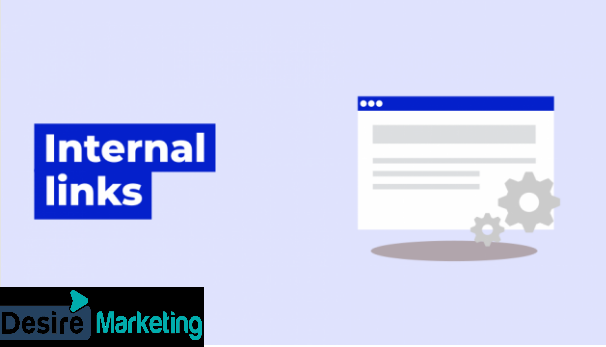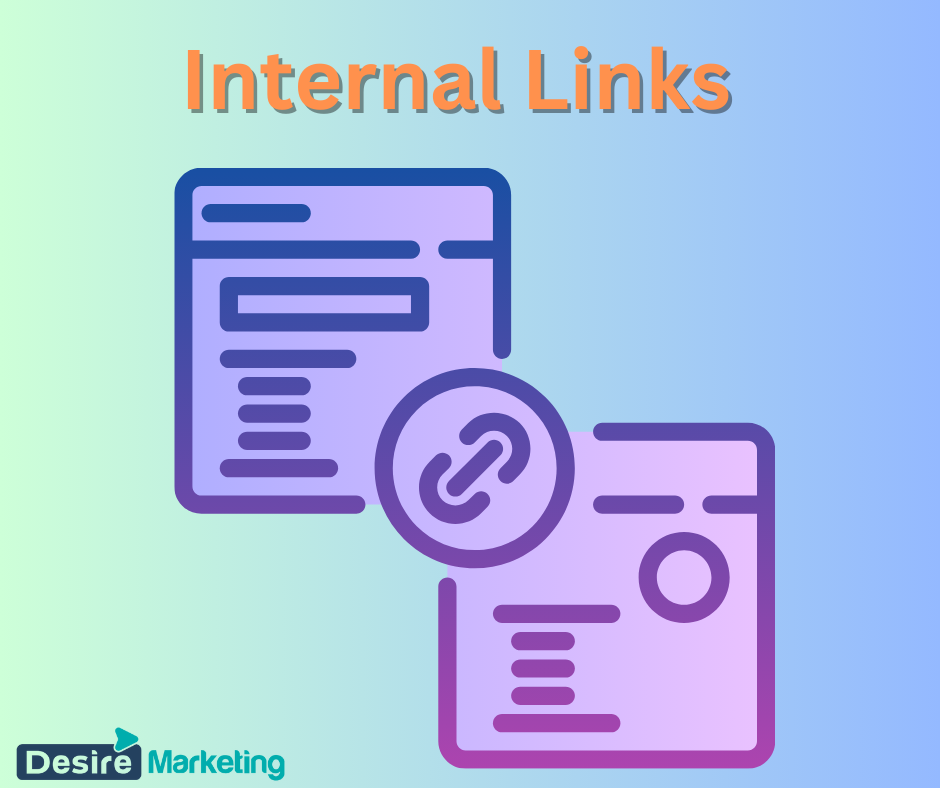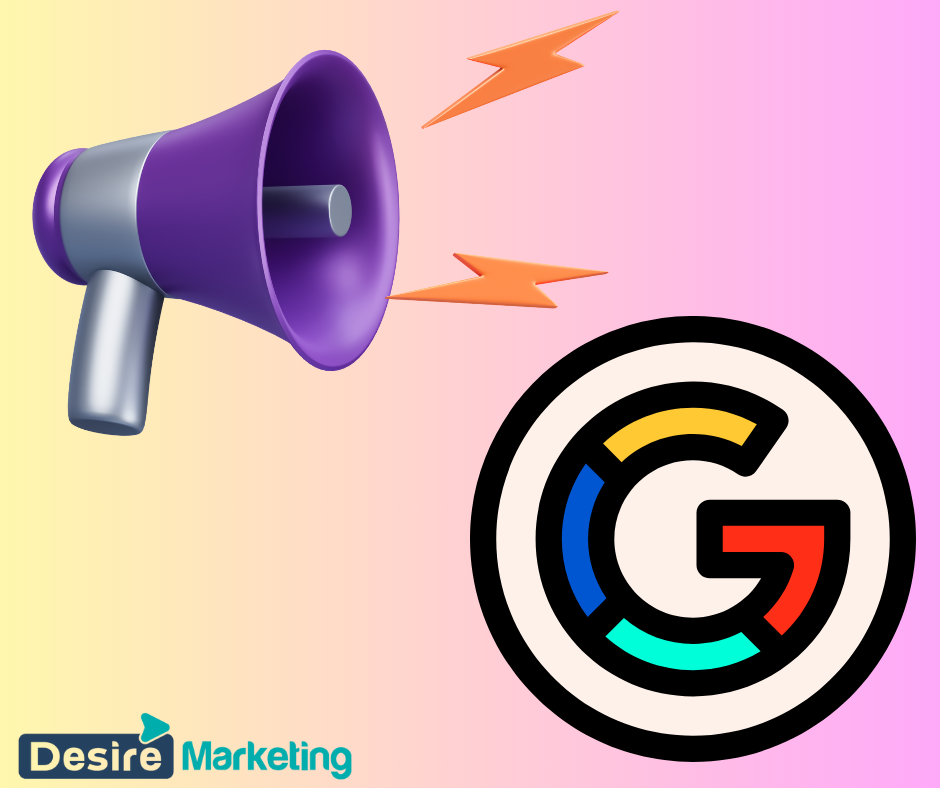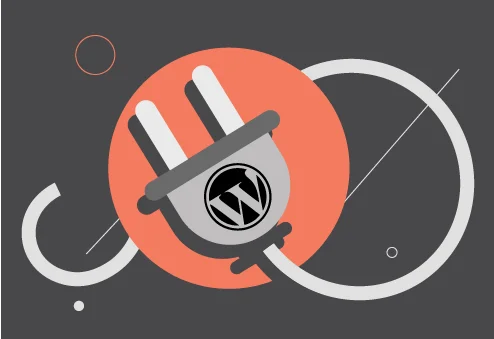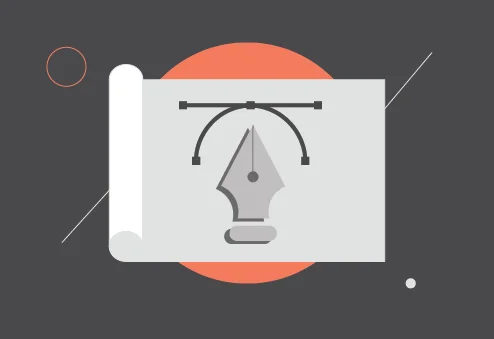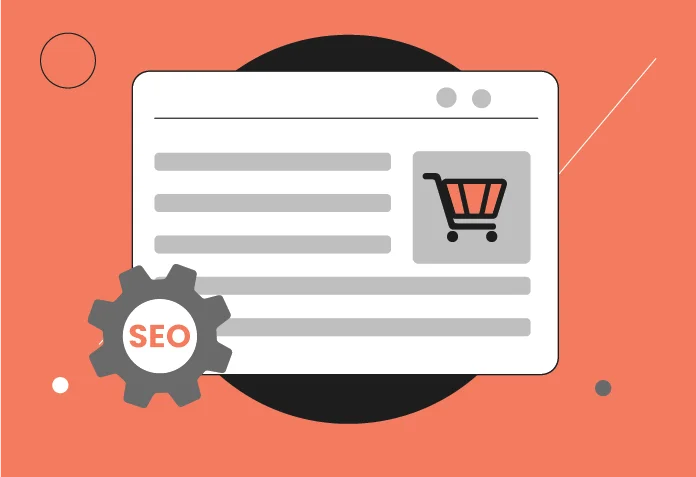Internal linking is a basis strategy for optimizing your website’s structure and enhancing its SEO performance. It’s not just about creating links; it’s about crafting a network within your website that enhances user experience and boosts your site’s visibility on search engines.
In this comprehensive guide, we will dive deep into the world of internal linking, exploring its significance, best practices, and innovative techniques to leverage it for maximum SEO impact.
So, Let’s dive into this.
Definition of Internal Links
Internal links are hyperlinks on a webpage that point to another webpage or resource, such as an image, video, or document, on the same website or domain. These types of links:
- Allow users to navigate a website easily.
- Play a crucial role in enhancing the overall user experience.
- Are essential components of a robust SEO strategy.
Importance of Internal Linking Practice
When Google crawls a website, it does so by following both internal and external links using the Google bot. This bot reaches the homepage of a website and starts by following the first link it encounters. By tracing these links, it can understand the relationships between different web pages within a site.
- Internal links vouch for the importance of pages within your site. They help in establishing a hierarchy of information, guiding both users and search engines about the most crucial pages.
- In addition to understanding the relationship between various web pages, Google divides the link value between all the links present on a web page. It’s often the homepage that has the maximum number of internal links, carrying the most link value. As links pass their value on, more links to a post mean more value.
- Proper internal linking practices can significantly improve a site’s SEO. They help in building a site hierarchy, allowing you to give more importance to specific web pages or blog posts. Relevant internal links to a page or blog post can enhance user benefits and, in turn, help in SEO ranking.
Remember, a strategic approach to internal linking can not only enhance user experience but also boost your website’s visibility on search engines.
Benefits of Internal Links
The advantages of internal links extend beyond SEO. They play a crucial role in enhancing user experience and site navigation. Here are some of the primary benefits:
- User Navigation: Internal links guide users through a website, leading them from one page to another. This ensures that visitors discover more content, increasing the chances of them staying longer on the site.
- Distributing Page Authority: As mentioned, internal links spread link juice across a website. Pages with higher authority can pass on their value to other pages, potentially boosting their rankings. This is especially beneficial for new or less popular pages that can gain visibility through effective internal linking.
- Reducing Bounce Rate: By providing relevant links within content, you can engage users more effectively, reducing the chances of them leaving the site quickly. A reduced bounce rate can positively impact SEO and overall site performance.
- Enhancing Page Views: With strategic internal linking, users are more likely to explore multiple pages during a single visit. This not only increases page views but also opportunities for conversions, especially for e-commerce sites or blogs with CTAs.
- Boosting SEO: Google and other search engines view internal links as a positive signal. They indicate a well-structured site with related content, which can lead to improved rankings. Optimizing site structure and internal linking can significantly enhance a site’s SEO performance.
Internal links are more than just pathways within a site. They are strategic tools that, when used effectively, can boost both user experience and search engine performance.
What Google Says About Internal Links
Understanding Google‘s perspective on internal links is crucial for any SEO strategy. The search giant has often emphasized the importance of a well-structured internal linking system.
- Google’s Confirmation: In various interactions, Google representatives, especially John Mueller, have confirmed the significance of internal links. During one of the office hour sessions, Mueller highlighted that internal linking is “supercritical for SEO.” Such links help in marking essential pages, guiding both users and Google in the right direction.
- Breadcrumbs and Internal Linking: When asked about breadcrumbs, Mueller mentioned that while they serve a purpose, their primary function isn’t internal linking. However, they do contribute to a site’s overall linking strategy. He emphasized the need for a strategic approach, suggesting that webmasters use appropriate anchor text to ensure both users and Google understand the context.
- Position of Internal Links: An interesting insight from Google is about the placement of internal links. Whether they are in the header, footer, or main body content, Google views them with equal importance. This debunks some myths suggesting that links in the main content carry more weight than those in the footer or header.
Understanding Crawl Depth
Crawl depth refers to how deeply a search engine spider will crawl a website during its visits. It’s an essential concept in SEO, determining how easily search engines can access and index content.
- Significance of Crawl Depth: Sites with a high crawl depth are more thoroughly indexed than those with a shallow crawl depth. For instance, if a particular page is accessible after three clicks from the homepage, it might be less frequently indexed than a page accessible with just one click.
- Role of Internal Links: Internal links directly influence crawl depth. Without a proper linking structure, search engine crawlers might struggle to navigate a site, leading to poor indexing. This can adversely affect organic rankings and online visibility. Optimizing site speed is another factor that can influence crawl rate and depth.
Internal Linking Structure and Hierarchy
A well-organized internal linking structure is the backbone of any successful website. It ensures that both users and search engines can easily navigate and understand the site’s content.
- Website Structure: Most websites have a hierarchical structure, with the main homepage branching out to various sub-pages. This structure can be simple or complex, depending on the site’s size and content.
- Silo Technique: In the past, many webmasters used the silo technique to group related information, aiming to improve keyword presence. However, modern internal linking strategies focus on user experience and SEO benefits rather than rigid structures.
- Google’s Crawlers: These crawlers follow link paths across the internet to discover and index websites. A robust internal linking system ensures that Google can easily find and index new content, boosting a site’s visibility and rankings.
In essence, a strategic internal linking approach ensures that essential pages receive more value, improving both user experience and search engine performance.
Best Internal Linking Practices for 2024
As the digital landscape evolves, so do the best practices for SEO and internal linking. Here are some of the most effective strategies for 2024:
- Quality Over Quantity: While it’s tempting to add numerous internal links, it’s essential to prioritize quality. Ensure that every link adds value and is relevant to the content. Overloading a page with irrelevant links can confuse both users and search engines.
- Use Descriptive Anchor Text: Anchor text, the clickable text in a hyperlink, should be descriptive and relevant. Avoid generic terms like “click here” or “read more.” Instead, use text that provides context and indicates what the linked page is about.
- Link Deep: Instead of just linking to top-level pages (like the homepage or main category pages), link to deep pages. These are often the pages that require the most support in terms of SEO and can benefit significantly from the added link juice.
- Avoid Broken Links: Broken internal links can harm user experience and SEO. Regularly audit your website to identify and fix any broken links. Tools like Screaming Frog can be beneficial for this purpose.
- Contextual Links: Ensure that internal links are contextual. This means they should fit naturally within the content and be relevant to the topic being discussed.
- Avoid Over-Optimization: While it’s essential to use keywords in anchor text, avoid over-optimizing. This can appear spammy and may lead to penalties. Maintain a natural flow and diversify anchor text.
Why Avoid Internal Link Automation?
With the rise of AI and automation tools, many webmasters are tempted to automate their internal linking process. However, there are pitfalls to this approach:
- Lack of Precision: Automated tools might not always understand the nuances of your content. They could create links that aren’t contextually relevant, leading to a disjointed user experience.
- Overlinking: Some automation tools might add too many links to a page, making the content appear spammy and affecting readability.
- Missed Opportunities: Automation might miss out on linking to newer or more relevant pages, especially if they aren’t part of the tool’s database.
In essence, while automation can assist in some areas, a manual and strategic approach to internal linking often yields the best results.
The Future of Internal Linking
As we look ahead, it’s essential to understand that the digital realm is ever-evolving. With advancements in technology and shifts in user behavior, the strategies that work today might need adjustments tomorrow. Here’s a glimpse into the potential future of internal linking:
- Integration with AI and Machine Learning: While we’ve touched upon the pitfalls of automation, it’s undeniable that AI and machine learning are making strides in understanding content better. In the future, we might see tools that can intelligently suggest internal links based on content relevance, user behavior, and SEO value.
- Voice Search and Internal Linking: With the rise of voice-activated devices like Alexa, Siri, and Google Assistant, there’s a shift towards voice search. This could influence how we approach internal linking, especially in terms of anchor text and content context.
- Interactive Content and Linking: As websites become more interactive with elements like AR (Augmented Reality) and VR (Virtual Reality), internal linking might transcend traditional text links. We could see interactive elements serving as internal links, providing a more immersive user experience.
- Semantic Search and Linking: Google’s algorithms are becoming increasingly sophisticated in understanding context. Semantic search, which focuses on meaning rather than just keywords, might influence how we approach anchor text and link relevance.
- User Personalization: In the future, websites might adapt in real-time based on user behavior. This could extend to internal linking, where the links presented to a user are tailored based on their preferences, search history, and interaction with the site.
Final Thoughts
Internal linking is a foundational element of a successful online strategy. While the core principles remain consistent – providing value, enhancing user experience, and improving SEO – the tactics and techniques will evolve.
Staying informed and adaptable is key. As search engines become smarter and user expectations shift, webmasters must continually refine their internal linking strategies. By doing so, they can ensure that their websites remain user-friendly, relevant, and optimized for search engine success.
In the ever-changing digital landscape, one thing remains certain: a well-thought-out internal linking strategy will always be a cornerstone of online success. Whether you’re a seasoned SEO professional or a budding webmaster, understanding and implementing effective internal linking practices will set your website apart in the crowded online space.
FAQs on Internal Linking Strategy
1. What are internal links in SEO?
Internal links are hyperlinks that point from one page on a website to another page on the same website. They are essential for guiding both users and search engines to relevant content, helping in website navigation, distributing page authority, and enhancing SEO.
2. How do internal links improve SEO?
Internal links play a pivotal role in SEO by:
- Distributing link juice or page authority across the website.
- Helping search engine crawlers discover and index new content.
- Reducing bounce rate by guiding users to relevant content.
- Establishing a clear content hierarchy and improving site structure.
3. How many internal links should a page have?
There’s no fixed number for how many internal links a page should have. However, it’s essential to ensure that the links are relevant and add value to the content. Overloading a page with too many links can appear spammy and affect user experience. It’s best to focus on quality and relevance rather than quantity.
4. What is the difference between internal and external links?
Internal links connect pages within the same website, while external links (or outbound links) point from a page on one website to a page on a different website. Both types of links have their importance in SEO. While internal links help in site navigation and distributing page authority, external links can enhance a site’s credibility and authority.
5. How does Google view internal links?
Google views internal links as a crucial component of a website’s structure. They help Google’s crawlers navigate a site, understand content hierarchy, and index pages. A well-structured internal linking system can significantly boost a site’s SEO performance.
6. Should I use nofollow attributes for internal links?
Generally, it’s not recommended to use the “nofollow” attribute for internal links. This attribute tells search engines not to follow the link and not to pass any link juice. By using “nofollow” on internal links, you might prevent essential pages from receiving the value they deserve.
7. Can internal links hurt my SEO?
While internal links are beneficial for SEO, improper practices can harm your site’s performance. Overloading a page with irrelevant links, using over-optimized anchor text, or having a high number of broken links can negatively impact SEO.
8. How often should I audit my internal linking structure?
It’s a good practice to audit your internal linking structure at least twice a year. Regular audits can help identify and fix broken links, ensure that important pages receive adequate link value, and refine the overall linking strategy based on content updates and SEO goals.
